In Zone 8, where gardening lovers enjoy a wide range of plants, droughts can harm their gardens. To overcome this, it's crucial to plan and maintain a garden that can survive without much water and still look beautiful.
When creating a drought-tolerant garden in Zone 8, choose plants that can handle dry conditions and don't need a lot of water. Also, use smart gardening techniques like efficient watering and taking care of the soil.
By carefully planning and caring for your drought-tolerant garden, you can have a lovely green space that supports the environment and saves water, even during dry seasons!
Understanding Zone 8 Climates
Zone 8 is characterized by warm summers and mild winters, making it a suitable environment for a wide range of plants.
This zone generally experiences average annual minimum temperatures between 10°F and 20°F.

The growing season in Zone 8 is relatively long, and some of its areas may experience periods of drought during the summer months.
When creating a drought-tolerant garden in Zone 8, choose plants that can handle the heat, drought, and occasional cold snaps. Native plants are a great choice, as they're naturally adapted to this environment.
Mix it up! Include perennials like lavender, yarrow, and salvia for vibrant blooms. Add some succulents like sedum and agave for year-round interest.
And don't forget ornamental grasses like blue fescue and switchgrass for texture and movement.
To save water, use mulch to retain moisture and opt for efficient irrigation methods like drip systems. Boost soil health by adding organic matter to improve water retention and support plant growth.
With careful planning and plant selection, your drought-tolerant garden in Zone 8 will be a stunning oasis that brings joy for years to come!
Core Elements of a Drought-Tolerant Garden
Creating a successful drought-tolerant garden involves key elements that promote water efficiency and plant health.
By understanding these core components, we can lay the foundation for a successful drought-tolerant garden.
Soil Preparation
Start by ensuring your soil is well-draining. This allows plant roots to access water and nutrients effectively.
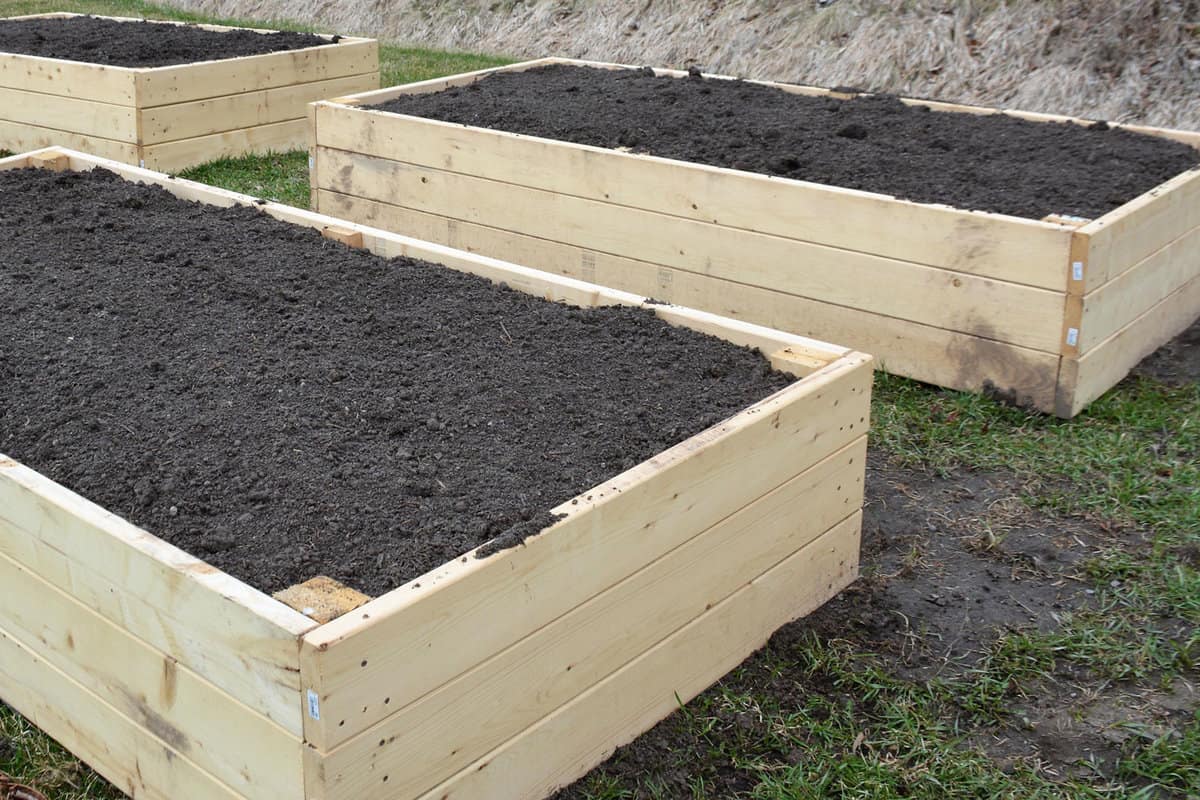
Improve soil texture and drainage by adding organic matter like compost. Consider raised beds or mounds to enhance drainage and prevent water-related root issues.
Water Conservation Techniques
Implement water-saving strategies to optimize irrigation. Drip irrigation and soaker hoses deliver water directly to the roots, minimizing evaporation and water waste.
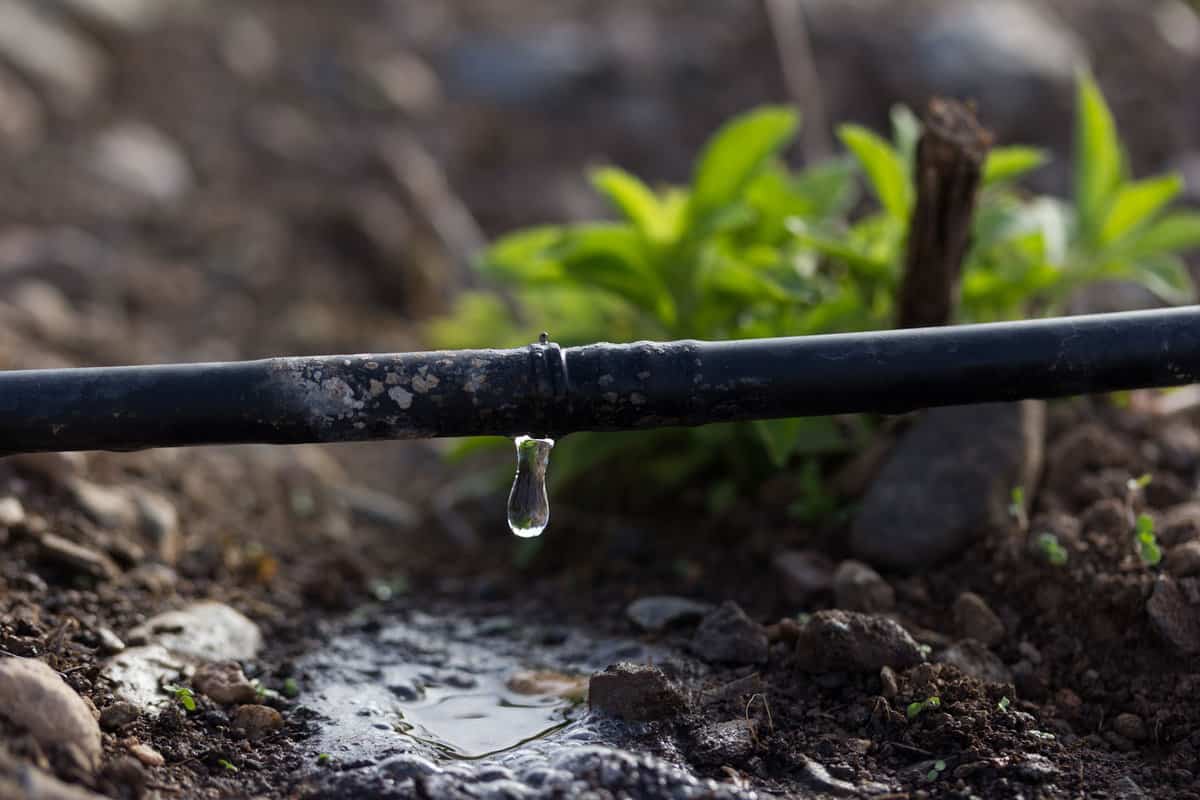
Harvest rainwater using barrels or cisterns to provide extra irrigation during dry spells.
Mulching
Apply a layer of mulch around plants for various benefits. Mulch reduces water evaporation, regulates soil temperature, and suppresses weeds.
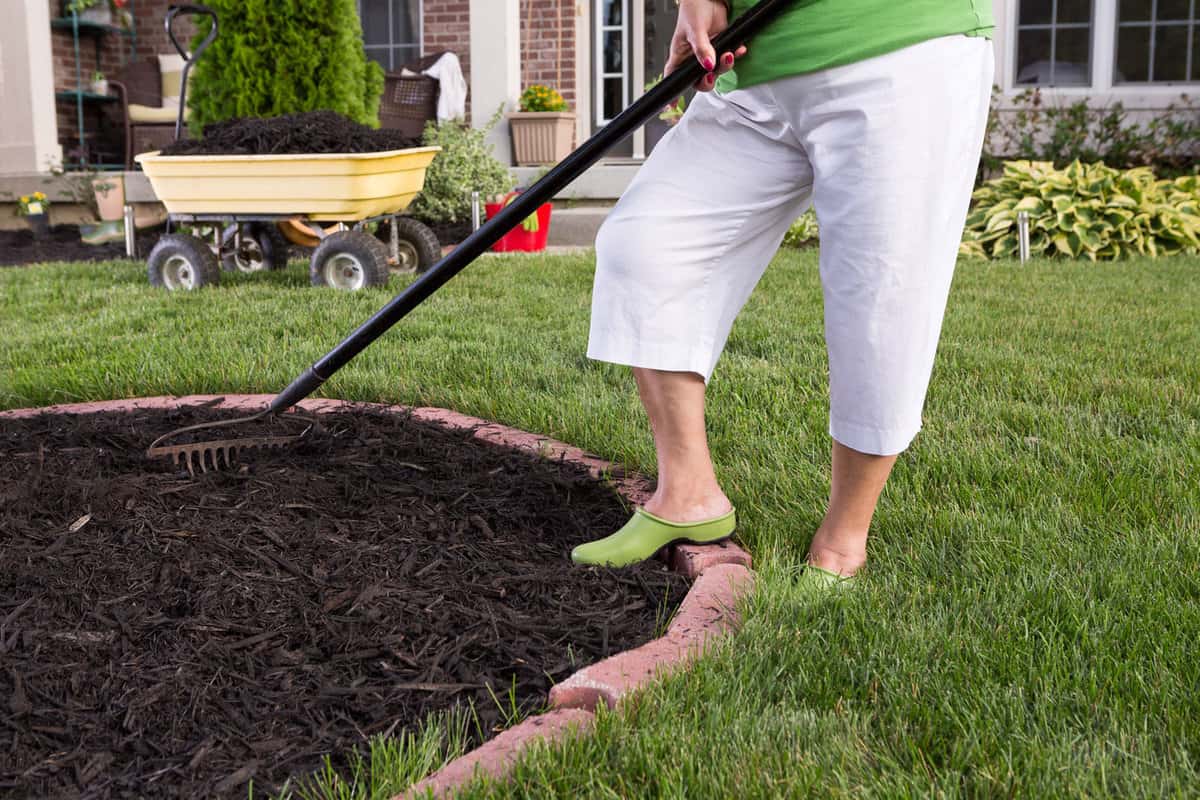
Organic mulches like wood chips, shredded bark, or straw gradually enrich the soil with nutrients. Aim for a 2-4-inch layer to retain moisture and enhance plant vitality.
Groundcovers
Incorporate low-growing groundcovers into your garden. These plants help prevent soil erosion, maintain consistent soil temperatures, and inhibit weed growth.
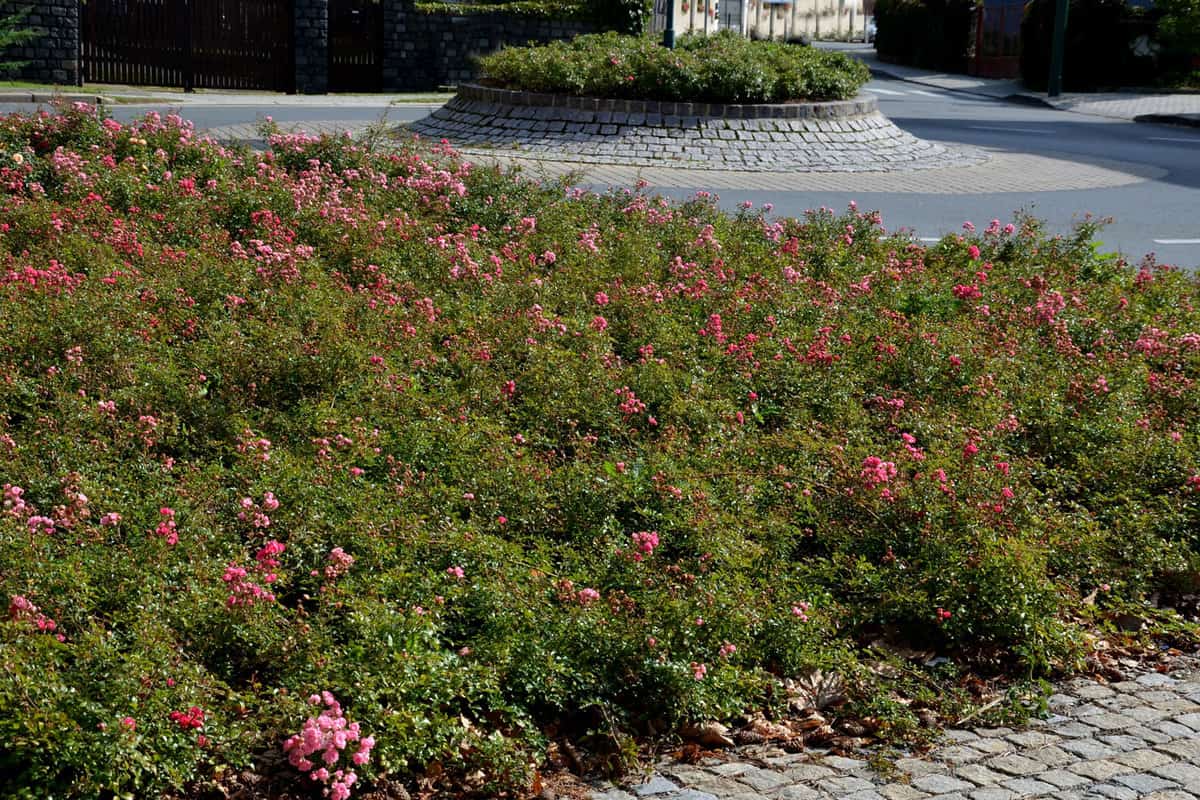
Choose drought-tolerant options like thyme, sedum, or ice plant, which thrive with minimal water in Zone 8.
Mixing different groundcover varieties adds visual interest and supports a thriving ecosystem.
Drought-Tolerant Plants for Zone 8
Incorporating a variety of drought-tolerant plants into your garden is key to both aesthetics and sustainability. Here are some excellent options to consider:
Native Species
There are several native species well-adapted to the climate in Zone 8. These plants have evolved with the local environment and are capable of thriving in drought conditions. Here are a few options:
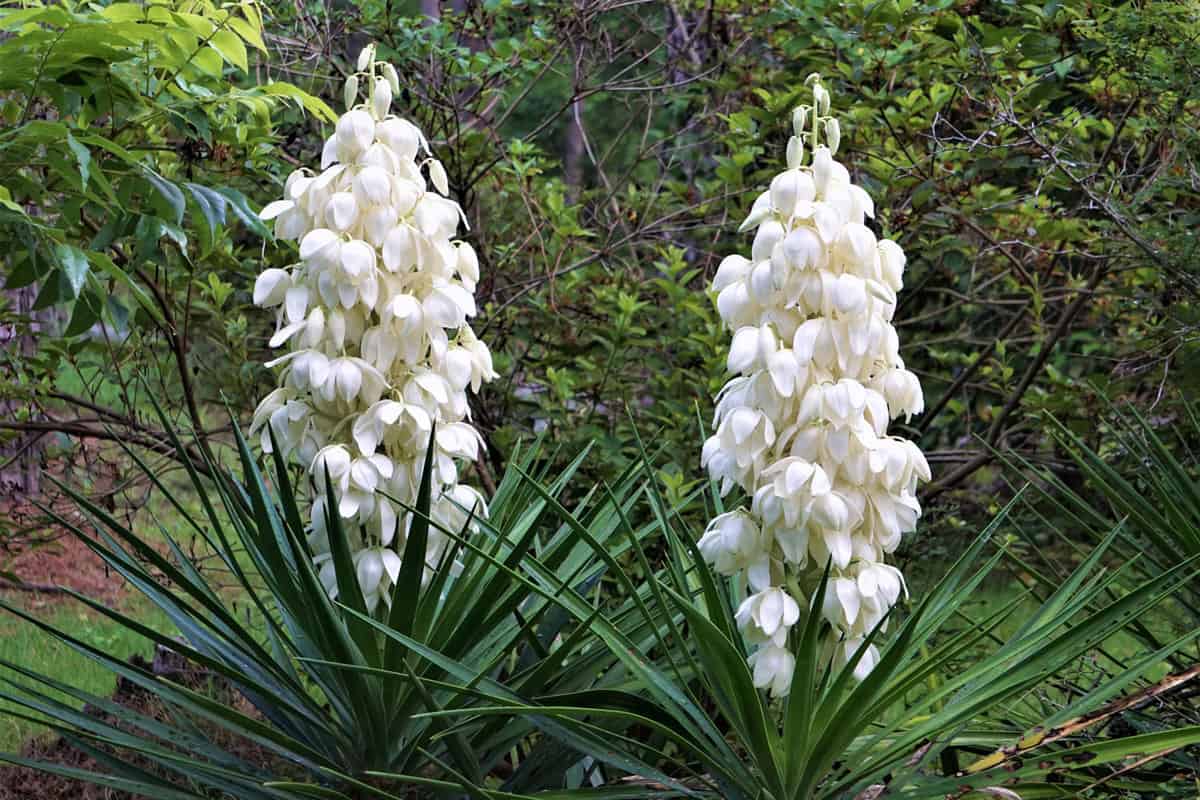
- Yucca: These evergreen perennials are drought-tolerant and require minimal maintenance.
- Texas sage: With its silver-gray foliage and purple flowers, Texas sage is a beautiful addition to your drought-tolerant garden.
Ornamental Plants
Ornamental plants can add both aesthetic appeal and drought tolerance to your Zone 8 garden. These plants are known for their striking visual impact:
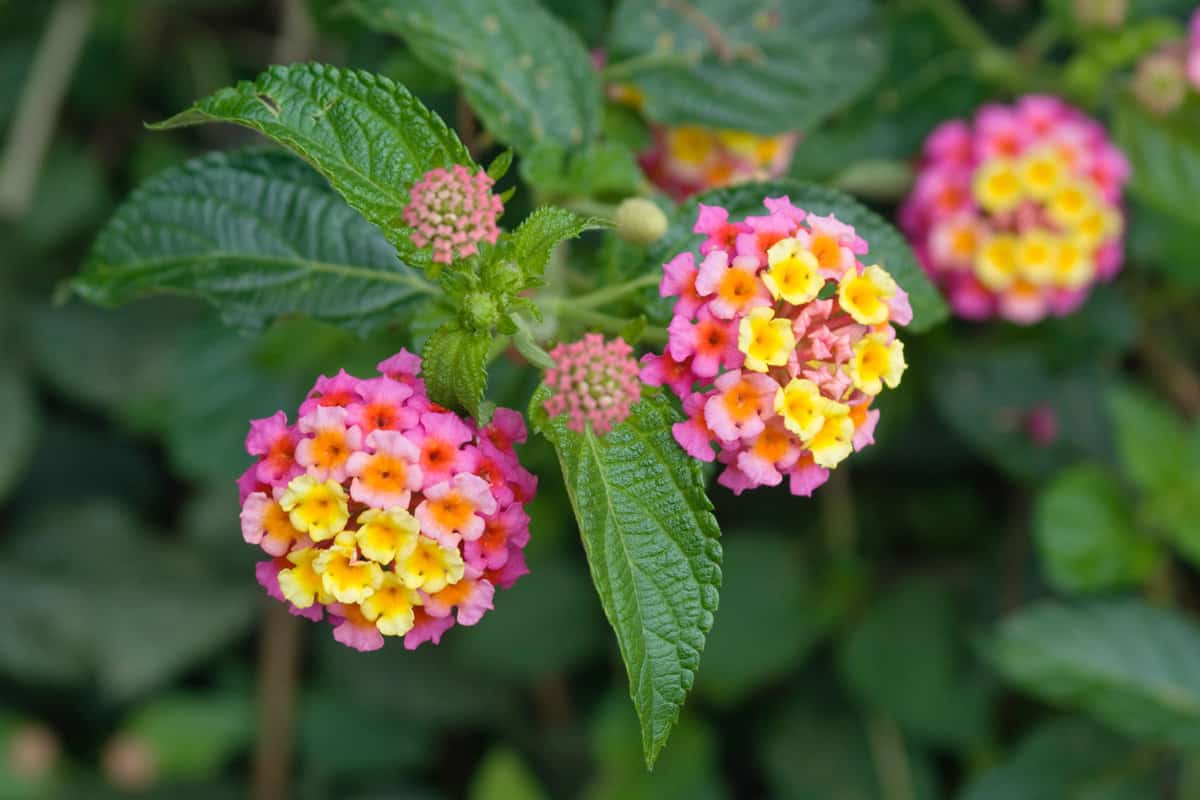
- Lantana: An eye-catching perennial that blooms profusely with little water.
- Sedum: These low-growing, low-maintenance succulents come in various sizes and colors.
Edible Plants
Many edible plants can also tolerate drought conditions in Zone 8. Include these in your garden for a sustainable and delicious harvest:
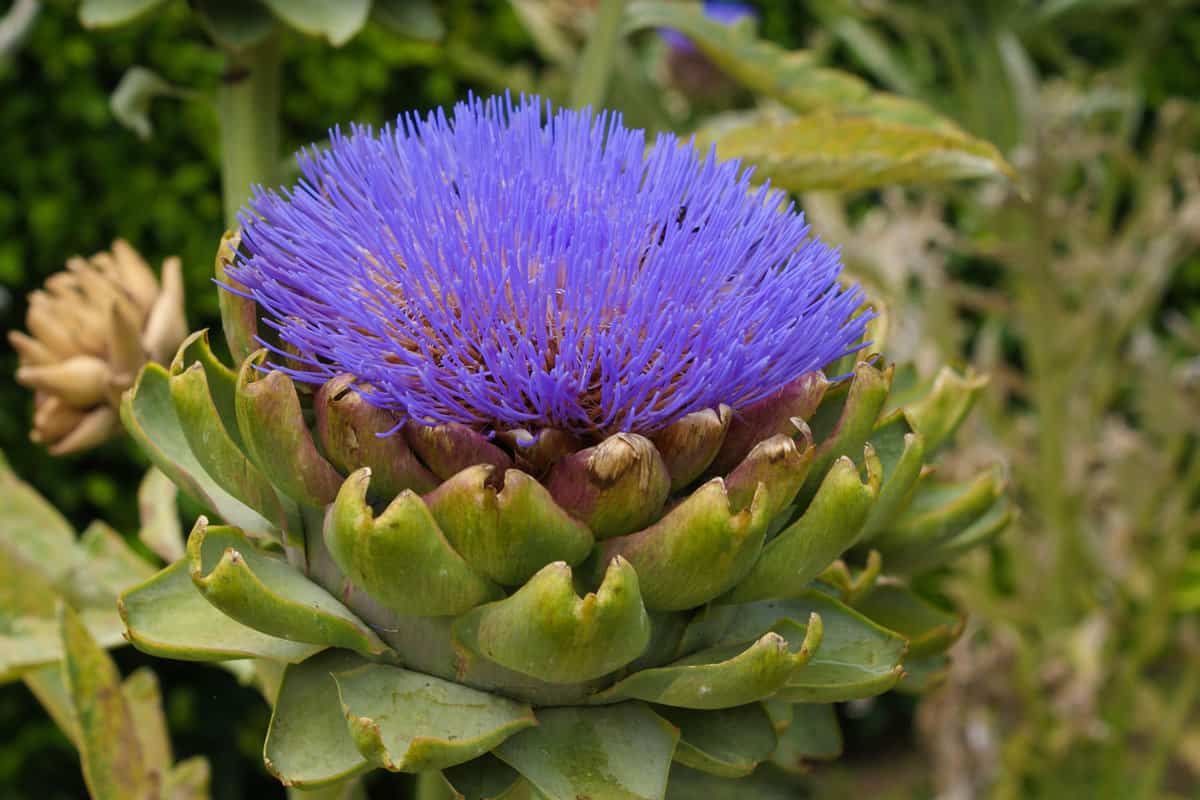
- Artichoke: This perennial vegetable thrives in well-drained soil and can handle dry conditions.
- Black-eyed pea: These heat-loving legumes are drought-tolerant and provide a good source of protein.
Garden Design Principles
Now, let's uncover some captivating garden design principles that will transform your Zone 8 landscape into a vibrant and water-efficient oasis.
These tips will not only help you save water but also ensure a flourishing and captivating garden.
Maximizing Shade and Windbreaks
Harnessing the power of shade and windbreaks is a smart water-saving strategy.
Plant taller trees and shrubs on the west and northwest sides of your garden. This provides refreshing afternoon shade while reducing the impact of strong winds.
Efficient Irrigation
Water wisely to keep your drought-tolerant garden thriving. Consider using drip irrigation or soaker hoses, delivering water straight to the roots and minimizing evaporation.
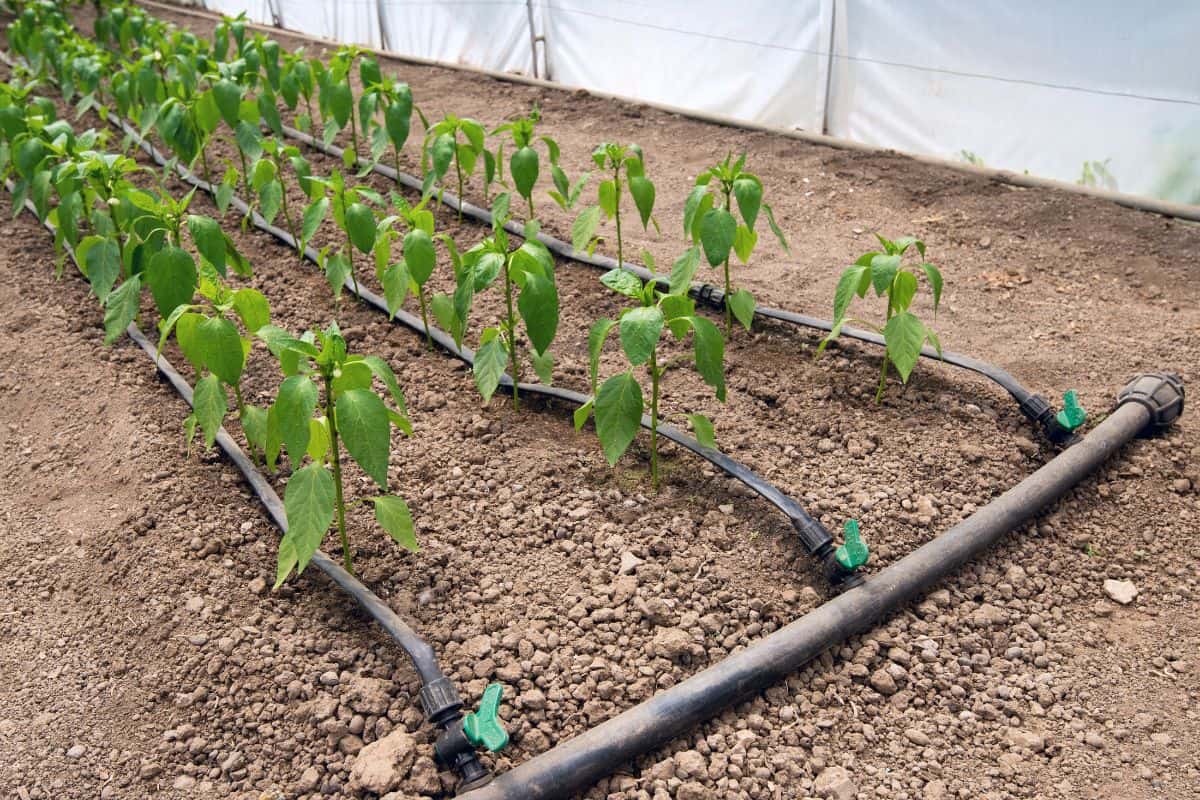
Optimal watering times are in the early morning. To optimize water usage further, group plants with similar water needs together, ensuring efficient irrigation while conserving this precious resource.
Ecosystem Balance
Achieving an ecosystem balance in the garden is crucial for maintaining a healthy, drought-tolerant landscape.
This includes the use of native plants, which are already adapted to the local climate and attract beneficial insects and wildlife.
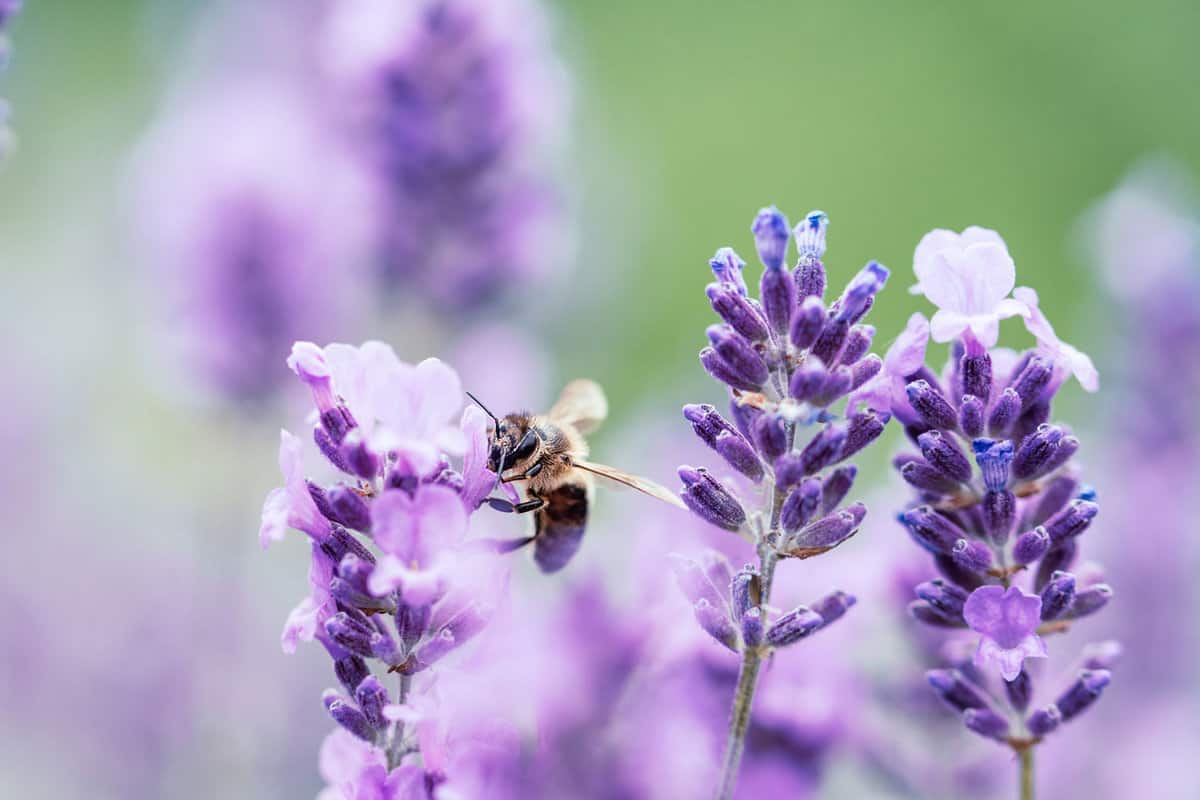
Encourage pollinators, such as bees and butterflies, by including flowering plants in the design.
Promote a healthy soil ecosystem by adding organic matter and practicing appropriate mulching techniques.
Garden Maintenance
Maintenance plays a crucial role in the success of your drought-tolerant garden in Zone 8. Here are some essential tasks to keep your garden thriving:
Pruning and Deadheading
Prune plants regularly to encourage healthy growth and better air circulation while deadheading spent flowers promotes new blooms.

Use sharp, clean pruners and make clean cuts at a 45-degree angle.
Pest Management
Utilize integrated pest management strategies for your drought-tolerant garden. Start by inspecting plants for signs of pests and damage regularly.
Encourage beneficial insects, such as ladybugs and lacewings, to help control harmful pests.
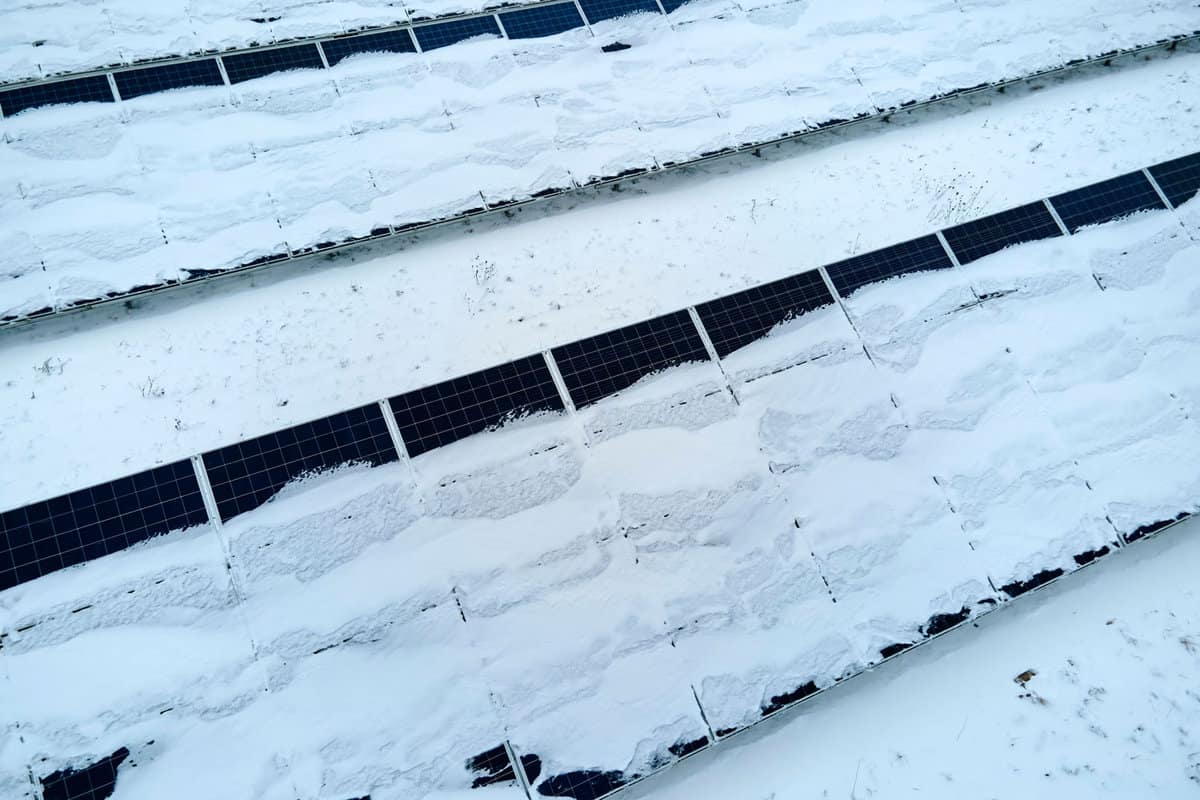
Employ physical barriers, like floating row covers, to protect plants from pests.
Use only targeted and low-impact pesticides as a last resort to keep the garden ecosystem balanced.
Fertilizing and Soil Health
Maintaining healthy soil is crucial for the success of a drought-tolerant garden. To achieve this, follow these steps:
- Test soil regularly to determine nutrient levels and pH balance. Adjust as needed.
- Apply a layer of organic mulch to retain moisture, suppress weeds, and nourish the soil as it decomposes.
- Use organic fertilizers, such as compost or worm castings, to provide essential nutrients and improve soil structure.
Remember to be careful not to over-fertilize, as this can lead to excessive growth and increased water needs.
To Recap
A drought-tolerant garden is an excellent solution for those living in Zone 8 and looking to conserve water while maintaining a beautiful outdoor space.
Incorporating native plants and utilizing smart gardening techniques can create a resilient and thriving garden. Using mulch is also essential in retaining soil moisture and protecting plant roots from heat.
Efficient watering practices can make a significant difference when it comes to maintaining a drought-tolerant garden in Zone 8.
This method ensures that water reaches plant roots directly, limiting evaporation and conserving water resources.
With the right combination of plants, smart gardening techniques, and efficient watering practices, gardeners can create a beautiful and resilient outdoor space!
Read more:
